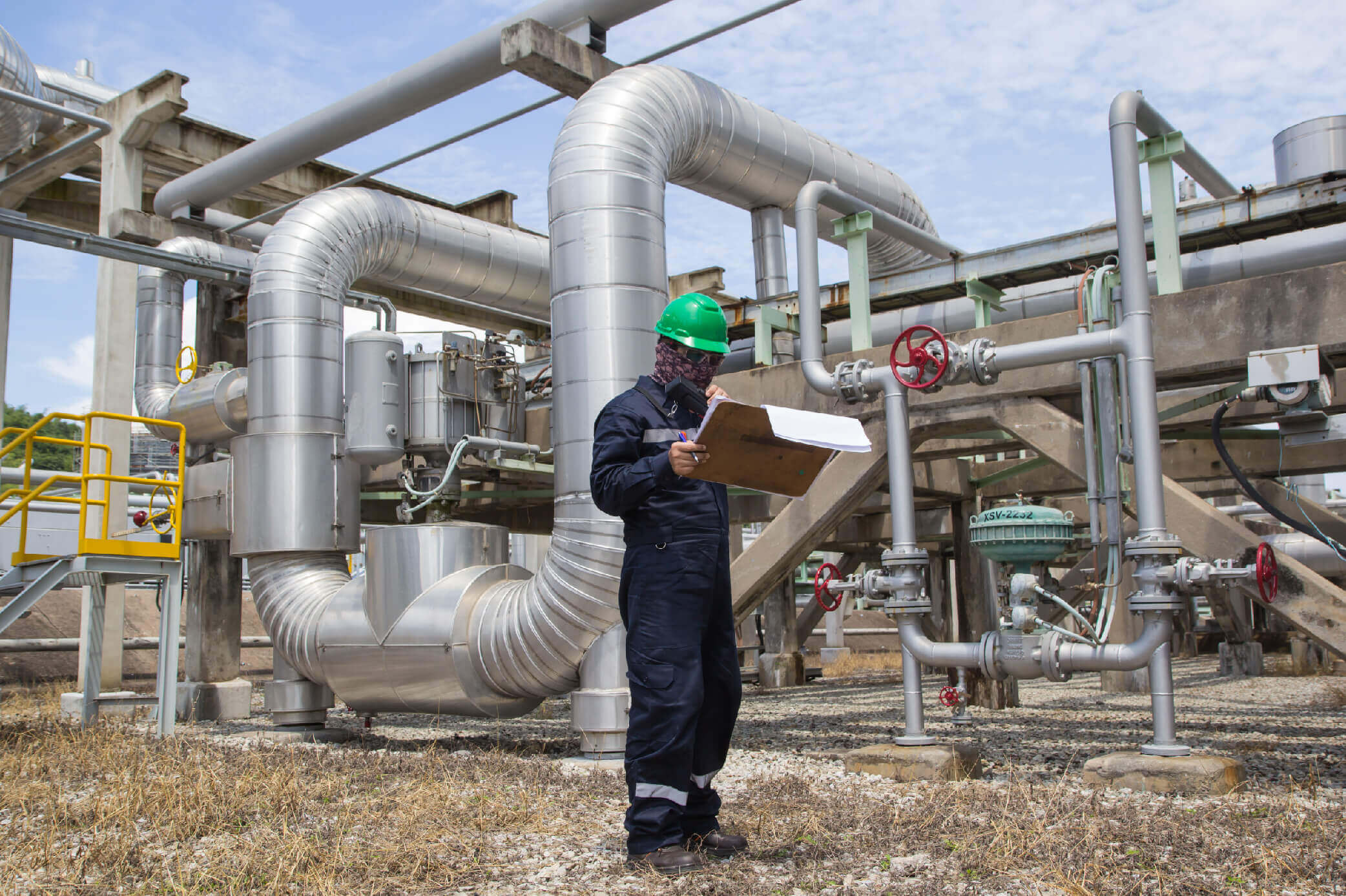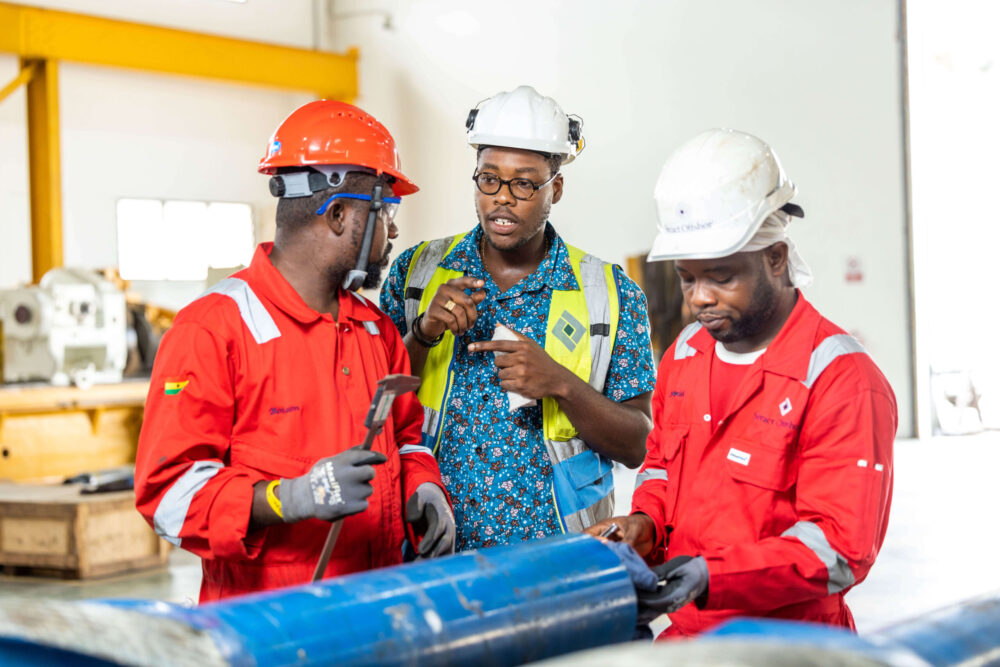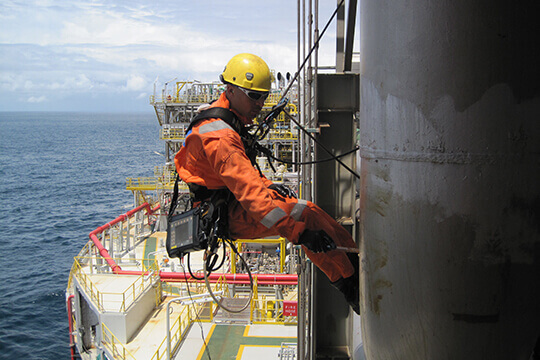Enhancing Safety and Reliability: Advanced Inspection Techniques for Aging Infrastructure

Introduction
As critical infrastructure across industries continues to age, ensuring its safety, reliability, and continued functionality presents a growing challenge. The Oil and Gas industry, Mining, Construction, and Manufacturing sectors face the imperative to maintain aging assets and facilities while adhering to stringent safety standards and regulatory compliance. The deployment of advanced inspection techniques has emerged as a critical solution to address these challenges effectively.
Challenges Posed by Aging Infrastructure
Aging infrastructure introduces a myriad of challenges such as material degradation, corrosion, fatigue, and structural weakening. These factors pose significant risks to operational safety, potentially resulting in catastrophic failures and substantial financial losses. The traditional inspection methods are often inadequate in detecting subtle defects or predicting impending issues accurately.
Advanced Inspection Technologies
The integration of cutting-edge technologies has revolutionized inspection procedures, offering more precise, efficient, and comprehensive evaluation of aging infrastructure. In the Oil and Gas industry, Mining, Construction, and Manufacturing sectors, these advancements are reshaping asset maintenance and management strategies:
Non-Destructive Testing (NDT): NDT techniques, including ultrasonic testing, radiography, and electromagnetic testing, allow for in-depth assessment without causing damage to the infrastructure. These methods enable the detection of internal defects, corrosion, and material inconsistencies in various components.
Remote Monitoring and IoT Sensors: IoT sensors and remote monitoring systems continuously collect real-time data, enabling predictive maintenance by identifying irregularities in infrastructure behaviour. This proactive approach prevents potential failures before they occur.
Drone Technology: Drones equipped with high-resolution cameras and specialized sensors perform aerial inspections of large structures, pipelines, and hard-to-reach areas. They provide detailed visual data and facilitate rapid and cost-effective inspections.
Advanced Data Analytics and AI: Data analytics and artificial intelligence (AI) algorithms process vast amounts of inspection data to predict equipment degradation patterns and forecast potential failure points. This enables proactive decision-making for maintenance and repairs.
Robotics and Automation: Robotic inspection devices manoeuvre through complex structures, conducting detailed inspections while reducing human intervention. These robots access confined spaces and hazardous environments, improving safety and accuracy.
Benefits and Future Prospects
The adoption of advanced inspection techniques offers numerous benefits across industries. Enhanced safety, reduced downtime, optimized maintenance schedules, and prolonged infrastructure lifespan are among the advantages. Furthermore, these technologies lay the groundwork for predictive maintenance strategies, minimizing operational disruptions and ensuring regulatory compliance.
Conclusion
As aging infrastructure becomes a growing concern across multiple sectors, the integration of advanced inspection techniques emerges as a pivotal solution. By leveraging these cutting-edge technologies, the Oil and Gas industry, Mining, Construction, and Manufacturing sectors can effectively mitigate risks, enhance operational efficiency, and sustain the integrity of their critical assets in the face of aging infrastructure challenges.


